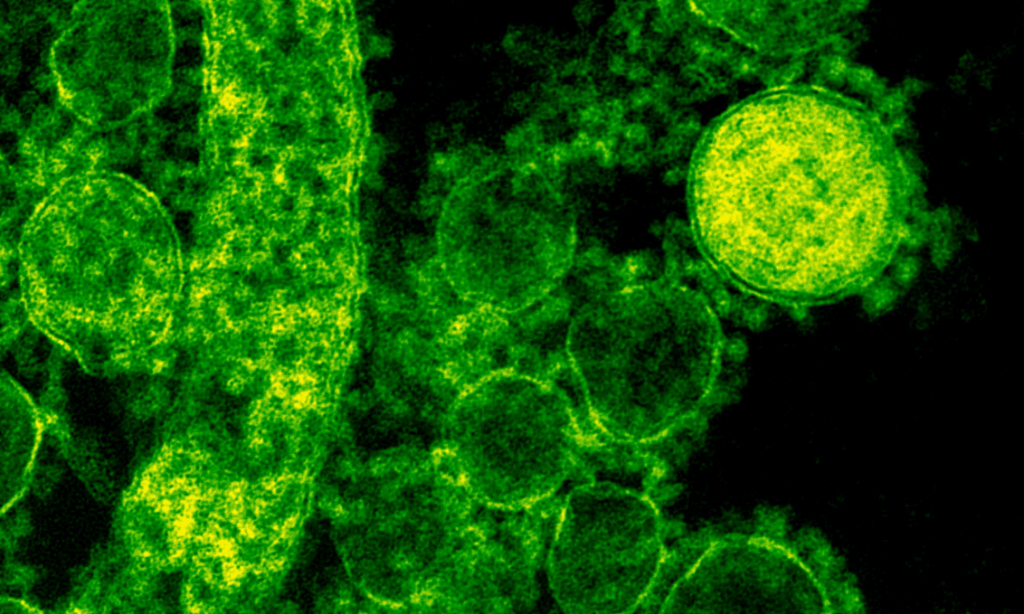Nov 2024 – Nov 2025
Master’s thesis
on the topic:
“Implementation of Frequency Domain Fluorescence Lifetime Imaging Microscopy“
Çiğdem Okçu
Frequency Domain Fluorescence Lifetime Imaging Microscopy (FD-FLIM) is an advanced optical technique for quantitatively measuring fluorescence lifetimes with high spatial and temporal resolution. Because fluorescence lifetimes are highly sensitive to the biochemical and biophysical environment of fluorophores, FD-FLIM provides detailed insights into molecular interactions and local tissue conditions.
In FD-FLIM, the excitation light is modulated at high radio frequencies, and the emitted fluorescence is analyzed by evaluating phase shifts and modulation depths relative to the excitation signal. From these parameters, the fluorescence lifetime can be derived with high precision. Compared to conventional time-domain techniques, frequency-domain measurements offer faster image acquisition, reduced phototoxicity, and improved temporal stability, making FD-FLIM particularly well-suited for biological and clinical applications.
The system developed in this project was originally designed to investigate infection-related biochemical processes by imaging the fluorescence lifetime of protoporphyrin IX (PpIX), a natural precursor of heme. Since many bacterial pathogens rely on heme metabolism to establish infection, the fluorescence lifetime of PpIX provides a valuable indicator of host–pathogen interactions and metabolic activity at the molecular level.

For system validation and calibration, Coumarin, a fluorophore with a well-characterized single-exponential decay, is used as a reference. Although Coumarin itself is not biologically derived, it serves as an ideal test dye for assessing the accuracy, linearity, and reproducibility of the lifetime measurements.
The current work focuses on the development, optimization, and characterization of an FD-FLIM setup tailored for reliable and high-throughput lifetime imaging. The system architecture is designed for integration with various microscopy platforms, enabling future adaptation to biomedical applications such as infection monitoring, metabolic imaging, and functional tissue diagnostics.
Ultimately, this research contributes to advancing fluorescence lifetime imaging as a powerful, non-invasive tool for studying molecular mechanisms in infection biology and for exploring potential applications in real-time clinical diagnostics.
